The many faces of AMD: Abandoned Mine Drainage scars thousands of miles of waterways through region7/16/2021 Two creeks flow steadily toward the North Branch of the Susquehanna River in the same general region of Northeast Pennsylvania. One is stained such a bright shade of orange that it can be seen via the Google Earth mapping system. The other is an inviting crystal clear – with no visible unnatural coloration – mirroring what you’d expect in a glass of water you’re about to drink. Yet, both waterways have elevated acidity loads, lack typical diversity of aquatic life and suffer from being victims of abandoned mine drainage issues – which impact 5,500 miles of documented streams in the state, and many more still to be recorded.
"We have billions of gallons of mine water under the Wyoming Valley alone, where tons upon tons of Anthracite coal was taken out and now it's all replaced with mine water,” he said.
Thankfully, there are groups such as EPCAMR with decades of experience in addressing these issues, improving awareness within the public and securing funds to develop some passive and active treatment systems. “EPCAMR provides a boots-on-the-ground approach to this problem. We are mapping out underground mines, at the surface we are dealing with a whole slew of factors, including floodplain management, aquatic connectivity and other issues as we attempt to create a holistic assessment of the situation,” said Hughes. “We so greatly value the volunteers and partnerships we have created over the years that have helped us make real headway in certain areas. “My staff is extremely talented, innovative, creative and love interacting with youth and our community leaders and volunteers to build capacity within our past mining impacted watersheds.” Still, he admitted, the scope of the problem can be overwhelmingly massive – especially in securing the finances needed to address abandoned mine drainage concerns. “Cost is a major factor because there isn’t enough money in the state or federal government to cover these 5,000-plus discharge locations we have in Pennsylvania unless we bring in private groups that can capitalize in some way in the use of this water in capacities such as geothermal, hydroelectric or turbine power generation,” said Hughes. “Even by recovering the metals as rare earth elements or pigments as a few examples of the recycling and recovery of the metals have shown great potential in Pennsylvania. “We are trying to stop talking about abandoned mine drainage as a pollutant, and start talking instead about it as a resource.” For more information about the work done by Hughes and the Eastern Pennsylvania Coalition of Abandoned Mine Reclamation, visit www.epcamr.org
0 Comments
Leave a Reply. |
AuthorsRiverkeeper John Zaktansky is an award-winning journalist and avid promoter of the outdoors who loves camping, kayaking, fishing and hunting with the family. Archives
April 2024
Topics |
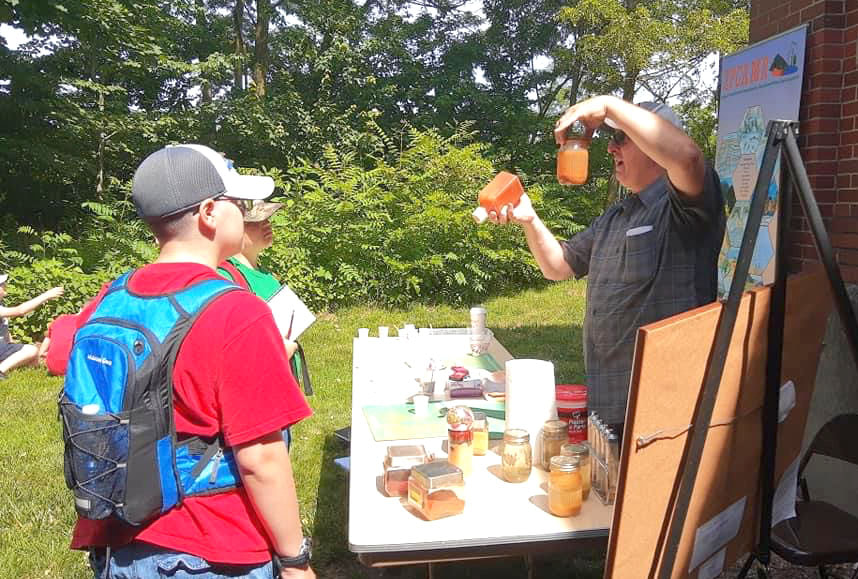
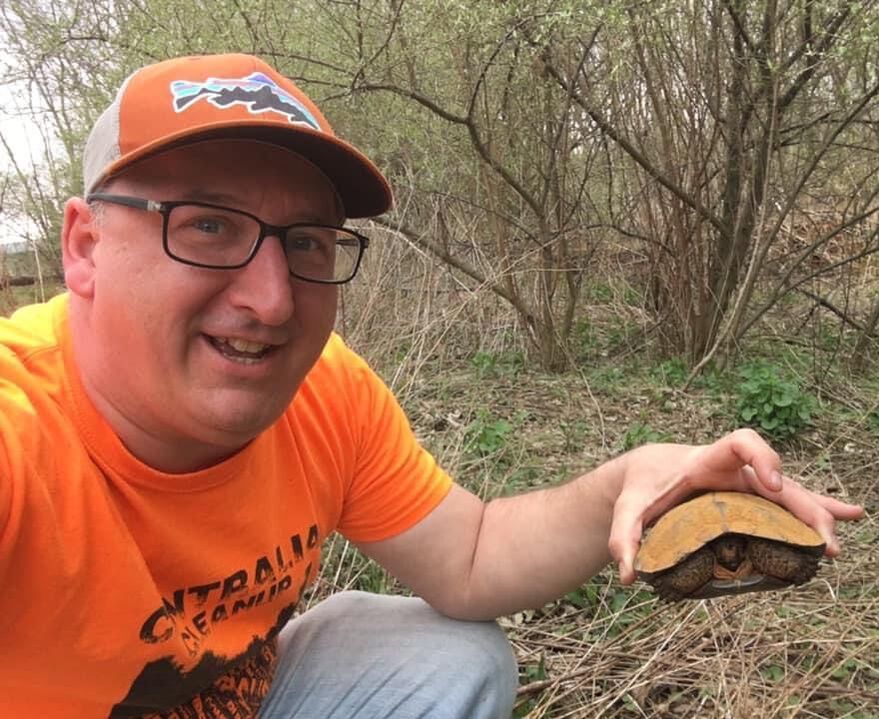
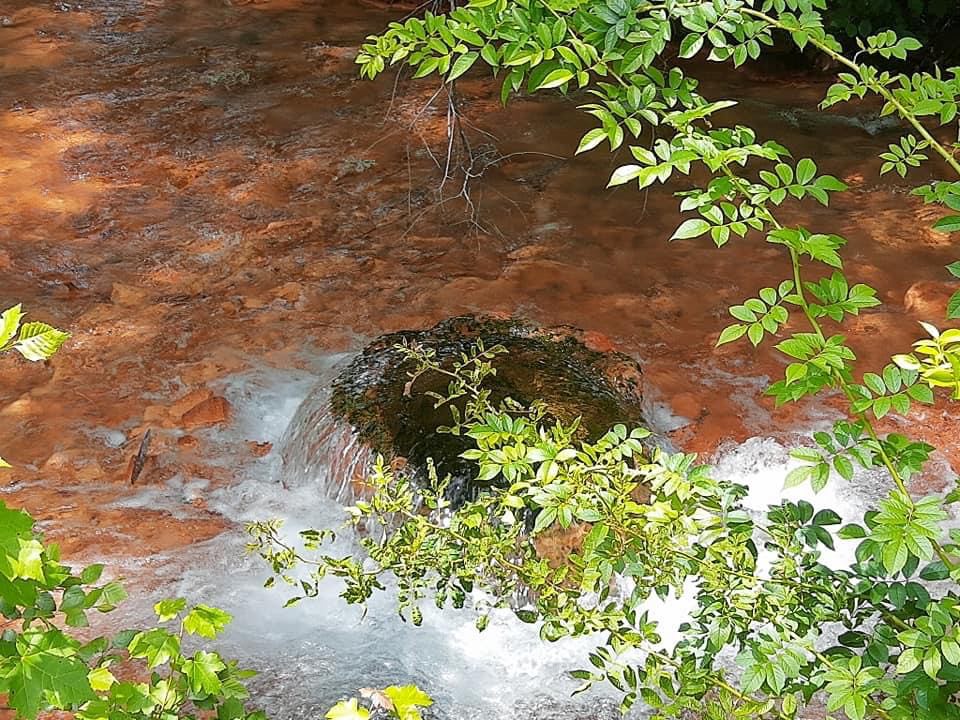
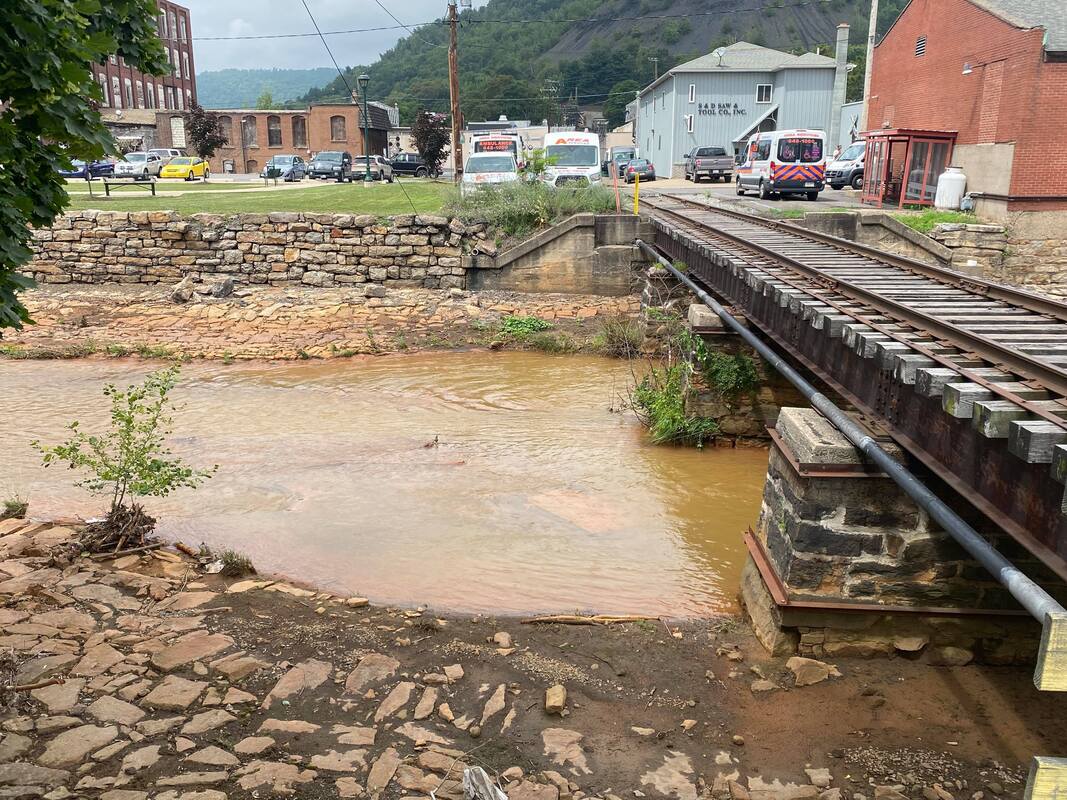
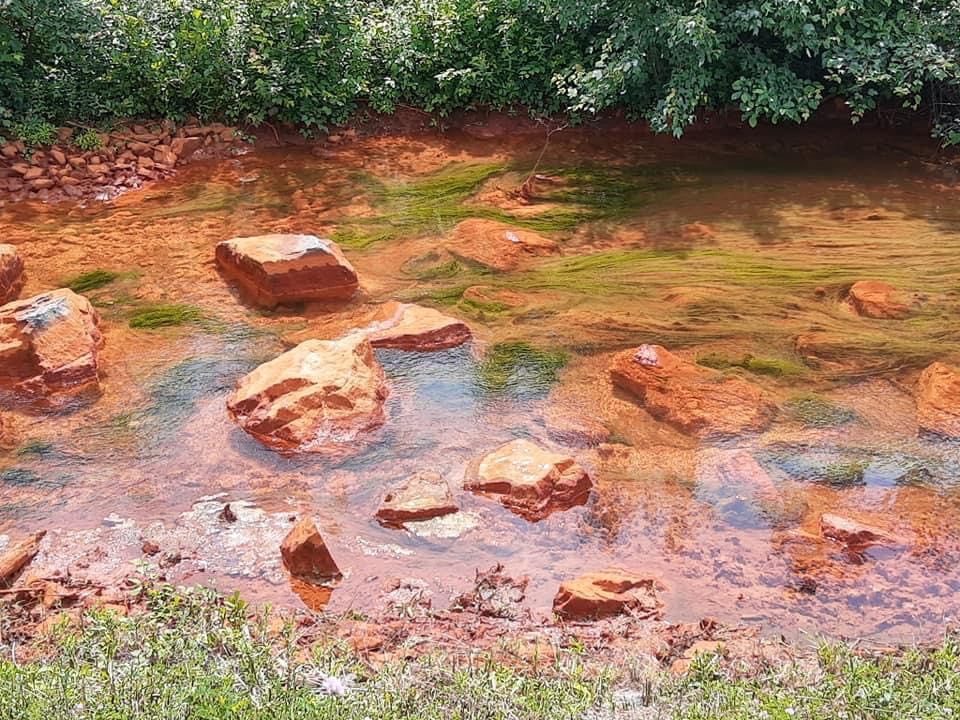

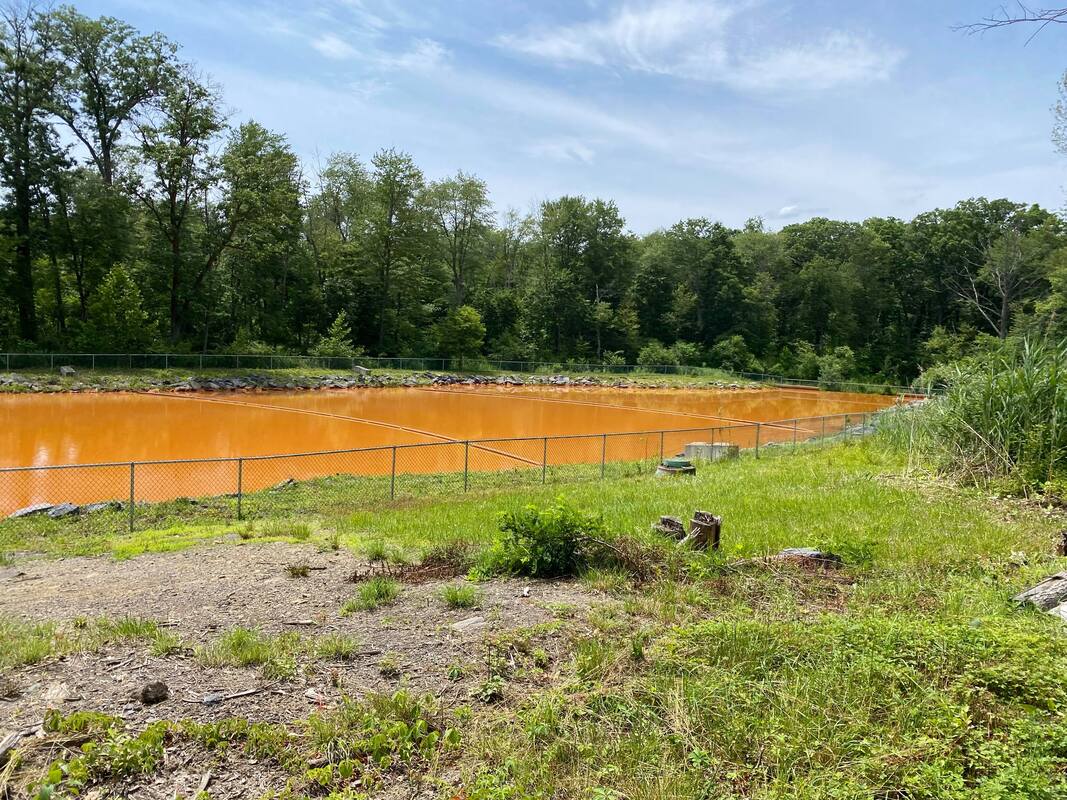
 RSS Feed
RSS Feed